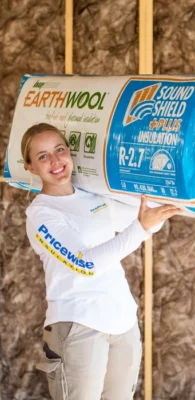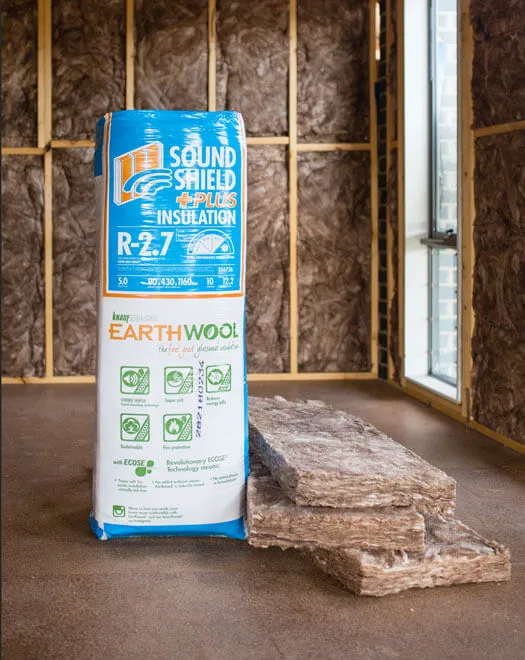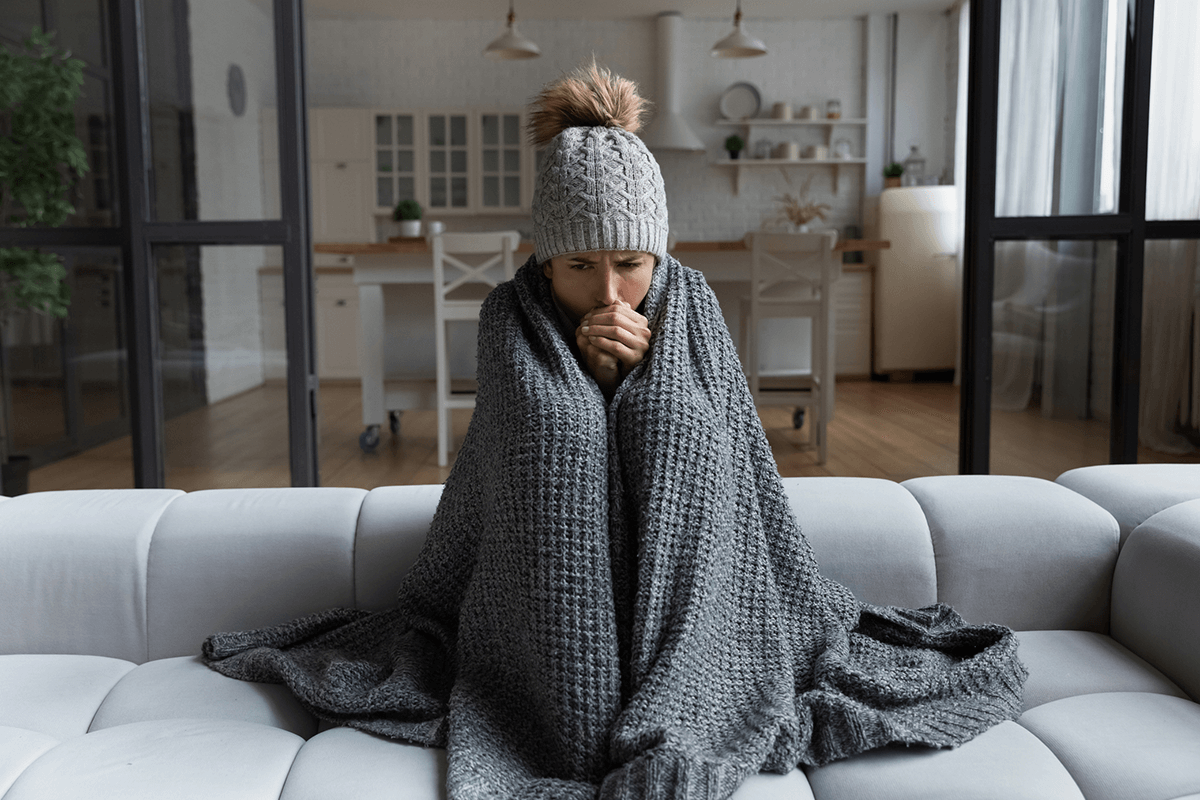Insulation Tips
How to Keep a Poorly Insulated House Warm
For many Australians, winter can be a challenge – especially if you live in a poorly insulated house. Whether it’s a draughty Queenslander, a 1970s brick veneer, or a rental with thin walls and no ceiling insulation, the cold seems to seep in from every angle. The result? Higher energy bills, constant use of the heater, and that familiar feeling of never quite being warm enough.
So, how to keep a poorly insulated house warm without breaking the bank? The obvious long-term solution is to install insulation, but there are several other strategies worth considering first. These practical tips will help reduce heat loss, complement proper insulation, and make your home far more comfortable in the colder months.
1. Seal Draughts and Air Leaks
One of the most common problems in homes with poor insulation is uncontrolled airflow. Gaps around doors, windows, and floorboards let precious warm air escape and allow cold draughts to creep in.
Practical steps include:
- Weather stripping: Apply foam or rubber seals around door and window frames.
- Door snakes: A simple rolled-up towel or purpose-made draught stopper can block gaps at the base of doors.
- Caulking: Fill in cracks around window frames, skirting boards, and vents with silicone or acrylic sealant.
By stopping draughts, you instantly make your home feel warmer without touching the thermostat.
2. Make the Most of Curtains and Blinds
Windows are a major source of heat loss in a poorly insulated house. Even with double glazing, untreated glass transfers heat quickly.
- Heavy curtains or thermal blinds can trap warm air inside and block out the chill.
– Open them during the day to let in the sun’s natural warmth, then close them tightly before sunset to retain the heat. - If you’re renting, temporary stick-on insulating film for windows is an inexpensive option that works surprisingly well.
3. Layer Up Your Floors
Timber floors or tiles may look great, but they act as cold sinks in winter. If you’re wondering how to fix a poorly insulated house without major renovations, rugs are your best friend.
- Use large, thick rugs in living areas and bedrooms.
- Consider underlay for extra insulation.
- In homes built on stumps, cold air often rises from underneath – floor coverings are a quick way to minimise this effect.
4. Use Your Heating Efficiently
Heating a poorly insulated house can feel like pouring water into a leaky bucket – but there are ways to be smarter about it.
- Zoned heating: Only heat the rooms you actually use. Shut doors and use portable heaters in bedrooms or small spaces.
- Reverse-cycle air conditioners: These are far more efficient than older electric heaters and can significantly reduce energy bills.
- Set a moderate temperature: Around 18–20°C is comfortable and energy efficient. Every degree higher can add 10% to your heating costs.
5. Harness Passive Solar Gains
Australia has plenty of sunny winter days, so take advantage of natural warmth.
- Keep north-facing windows unobstructed to let the sun in.
- Trim back overgrown shrubs or trees that block light.
- Use reflective surfaces indoors (like light-coloured walls) to bounce sunlight deeper into the home.
These small changes can noticeably increase indoor warmth, especially in living areas.
6. Temporary Insulation Solutions
If you’re not ready for a full retrofit, there are quick fixes to improve thermal comfort:
- Bubble wrap on windows: Surprisingly effective at reducing heat loss.
- Temporary insulation panels: Foam or reflective panels can be added behind curtains or across unused fireplaces.
- DIY ceiling insulation rolls: Available from hardware stores, though care should be taken if you’re installing them yourself.
These won’t replace proper insulation, but they’re useful stop-gap measures for renters or those on a budget.
7. The Real Fix: Proper Insulation
While the above strategies all help, the reality is that no amount of door snakes, rugs, or bubble wrap will match the effectiveness of a properly insulated home. If you want to know how to fix a poorly insulated house for good, installing insulation is the ultimate solution.
Types of Insulation That Make the Biggest Difference:
- Ceiling insulation: Heat rises, so an uninsulated ceiling can lose up to 35% of your home’s warmth. Installing batts or blow-in insulation is the single most effective upgrade.
- Wall insulation: Many older Australian homes have empty wall cavities. Insulating walls can significantly improve comfort and energy efficiency.
- Underfloor insulation: Particularly important in homes with timber floors on stumps. Rigid boards or polyester batts under the floor help stop cold air rising.
- Foilboard or reflective insulation: Especially useful in hot climates, but also valuable for keeping heat in during winter when installed in walls or under roofs.
Once insulation is in place, all the other measures – curtains, draught sealing, efficient heating – work far more effectively.
Conclusion
If you’re struggling with a poorly insulated house, the combination of small changes and smart investments can make winter far more bearable. Sealing gaps, layering floors, using heavy curtains, and being strategic with heating all help. But the true long-term solution lies in insulation.
Whether it’s batts in the ceiling, blow-in for walls, or underfloor insulation, these improvements transform not just comfort, but also your energy bills. So while there are plenty of tips on how to keep a poorly insulated house warm, the best answer will always be this: invest in insulation.



